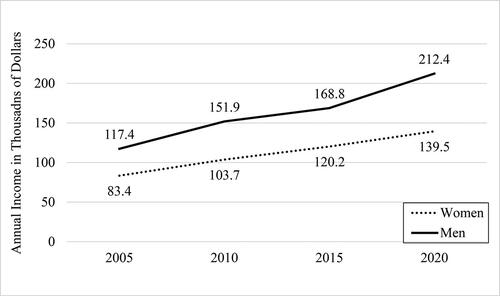Figures & data
Figure 1. Breakdown of survey participants by gender, career stage, professional identity, and work setting. Priv. Prac. = private practice; Inst. + PP = institution plus private practice. Some percentages do not total 100% due to rounding.
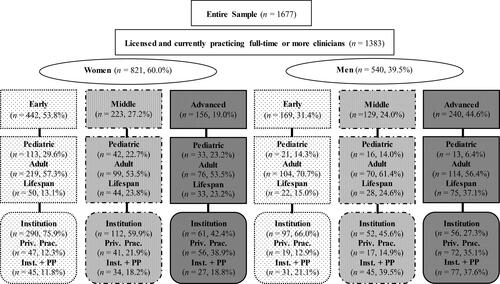
Table 1. Comparison of overall sample characteristics from 2005 through 2020.
Table 2. Gender comparisons in academic rank and position titles within institutional settings from 2015 through 2020.
Table 3. Obstacles to pursuing American Board of Clinical Neuropsychology (ABCN) board certification.
Table 4. Scholarly activities: Peer-reviewed publications and conference presentations by gender and career stage.
Table 5. Income: Gender differences from 2005 to 2020.
Table 6. Income: professional identity.
Table 7. Income: professional identity by career stage.
Table 8. Income: general work setting.
Table 9. Income: general work setting by career stage.
Table 10. Income: private practice roles.
Table 11. Fees: gender comparisons of clinical and forensic hourly fees.
Table 12. Forensic: gender and forensic activity hours per week.
Table 13. Career satisfaction: number of positions as a neuropsychologist and perceived unfairness or mistreatment.
Table 14. Career satisfaction: general work setting and professional identity.
Table 15. Career satisfaction: personal/family and work environment obstacles within the last five years by general work setting.
Table 16. Career satisfaction: personal/family and work environment obstacles within the last five years by professional identity.
Table 17. Age and years in practice by ethnicity/race.
Table 18. Degree, work environment, and work status by ethnicity/race.
Table 19. Career stage, professional identity, and practice environment by ethnicity/race.
Figure 4. Career stage by ethnicity/race. Note. Analyses do not include the two individuals who identified as American Indian/Alaskan Native; excludes those who indicated they are not neuropsychologists. Some percentages do not total 100% due to rounding.
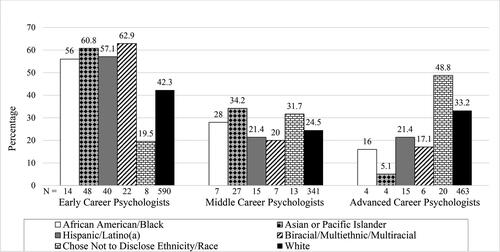
Figure 5. Percentage comparisons of White and ethnic/racial minority groups across career stage. Note. Those in the Chose not to disclose ethnicity/race group were not included in these analyses. Analyses include individuals from all five ethnic/racial minority groups; excludes those who indicated they are not neuropsychologists. ECP = Early Career Psychologist; MCP = Middle Career Psychologist; ACP = Advanced Career Psychologist; E/R diverse = Ethnically/Racially Diverse. Some percentages do not total 100% due to rounding.
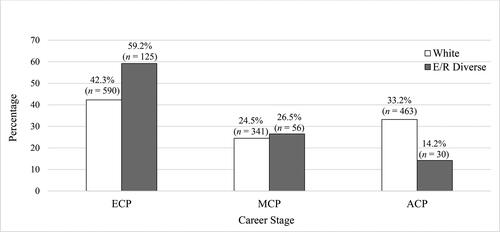
Figure 6. Percentage comparisons of White and ethnic/racial minority groups within each career stage. Note. Those in the Chose not to disclose ethnicity/race group were not included in these analyses. Analyses include individuals from all five ethnic/racial minority groups; excludes those who indicated they are not neuropsychologists. ECP = Early Career Psychologist; MCP = Middle Career Psychologist; ACP = Advanced Career Psychologist; E/R diverse = Ethnically/Racially Diverse. Some percentages do not total 100% due to rounding.
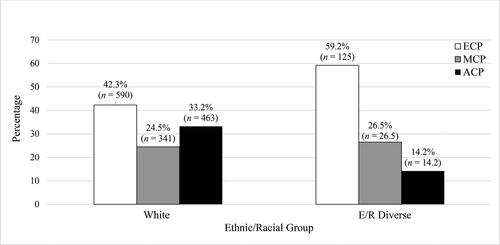
Table 20. Scholarly activities: peer-reviewed publications and conference presentations by ethnicity/race.
Table 21. Salary by ethnicity/race.
Table 22. Career satisfaction: perceived unfairness or mistreatment by ethnicity/race.
Table 23. Career satisfaction by ethnicity/race.
Table 24. Career satisfaction: personal/family and work environment obstacles within the last five years by ethnicity/race.


